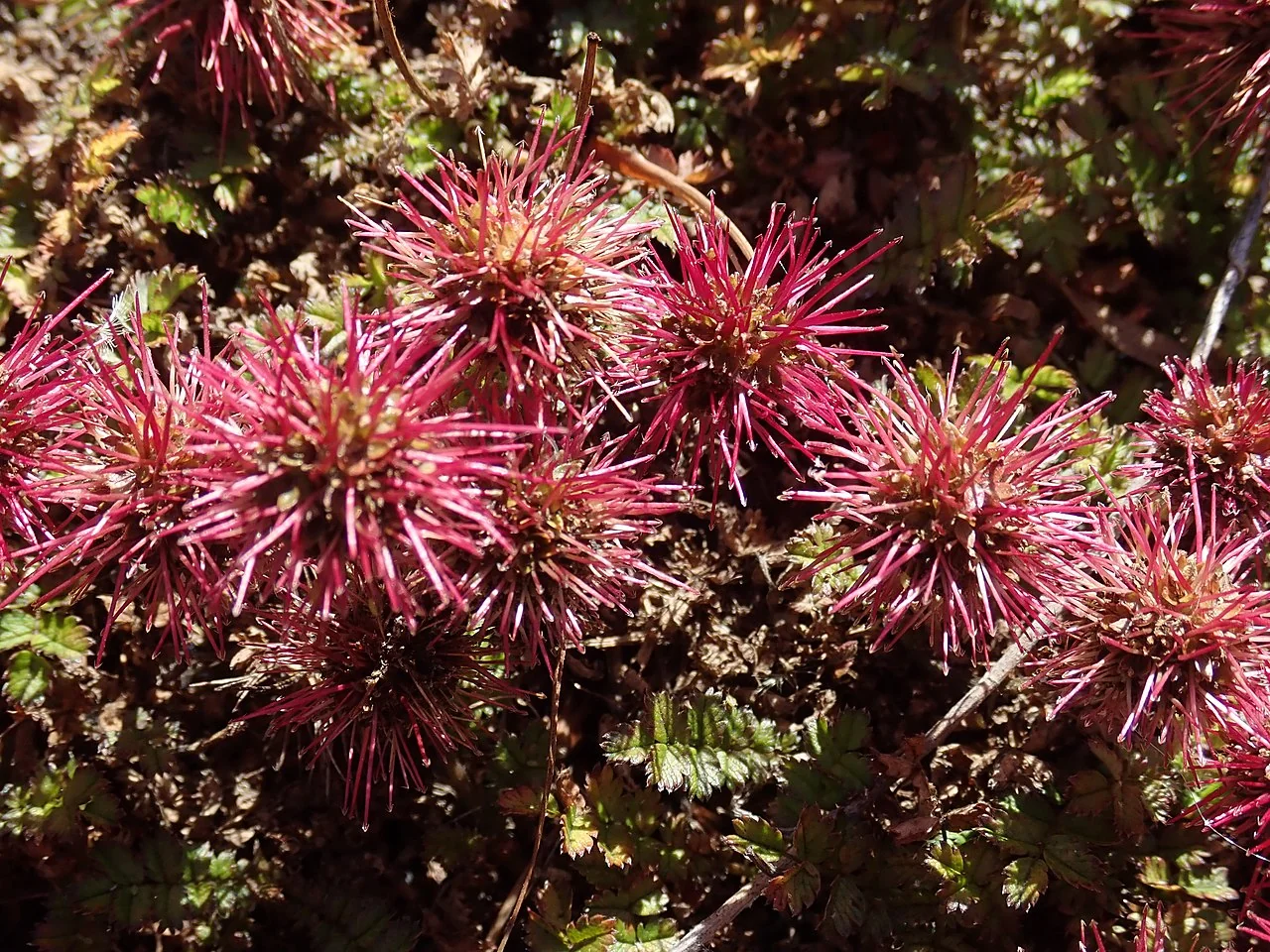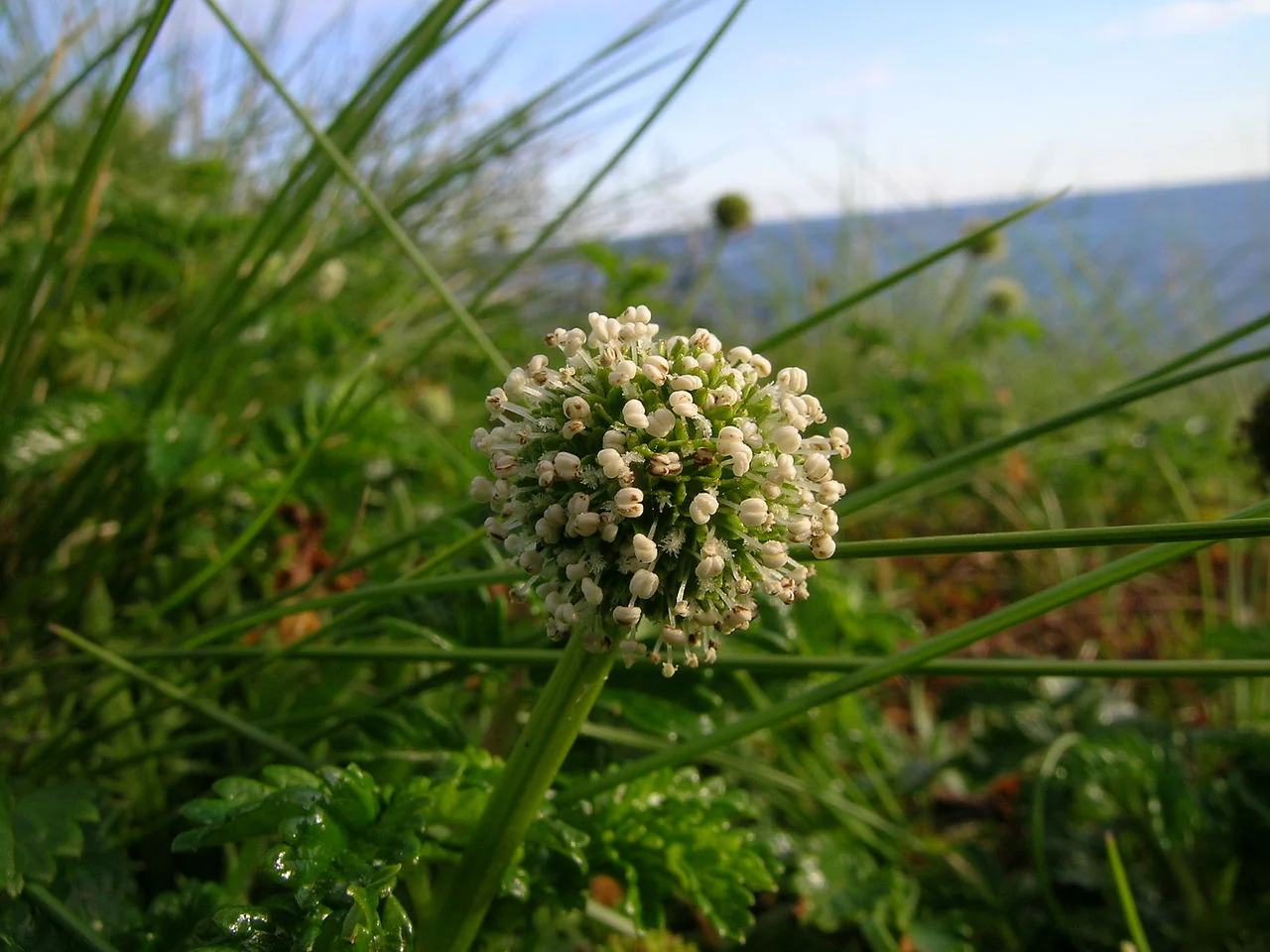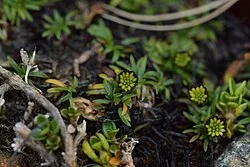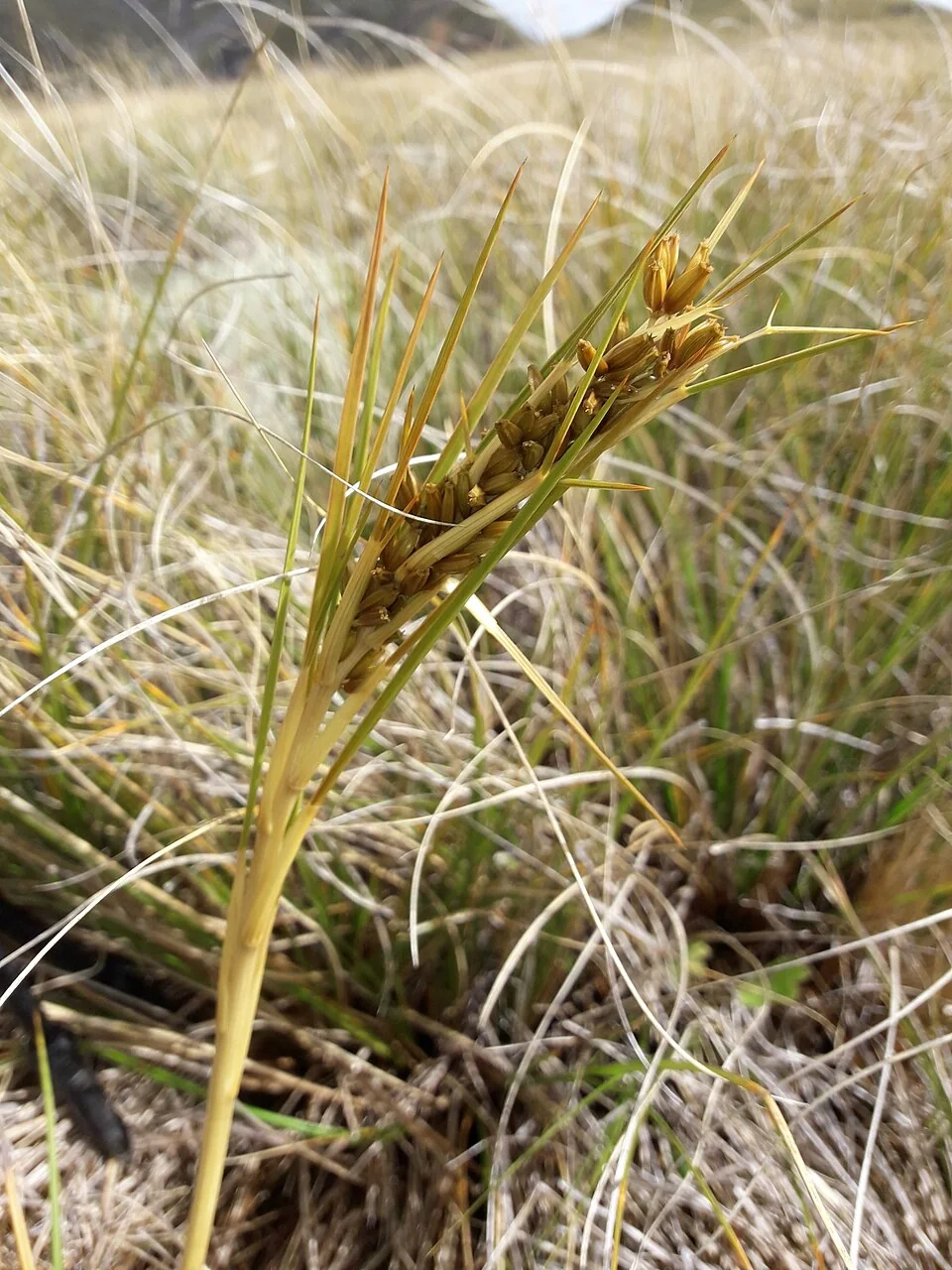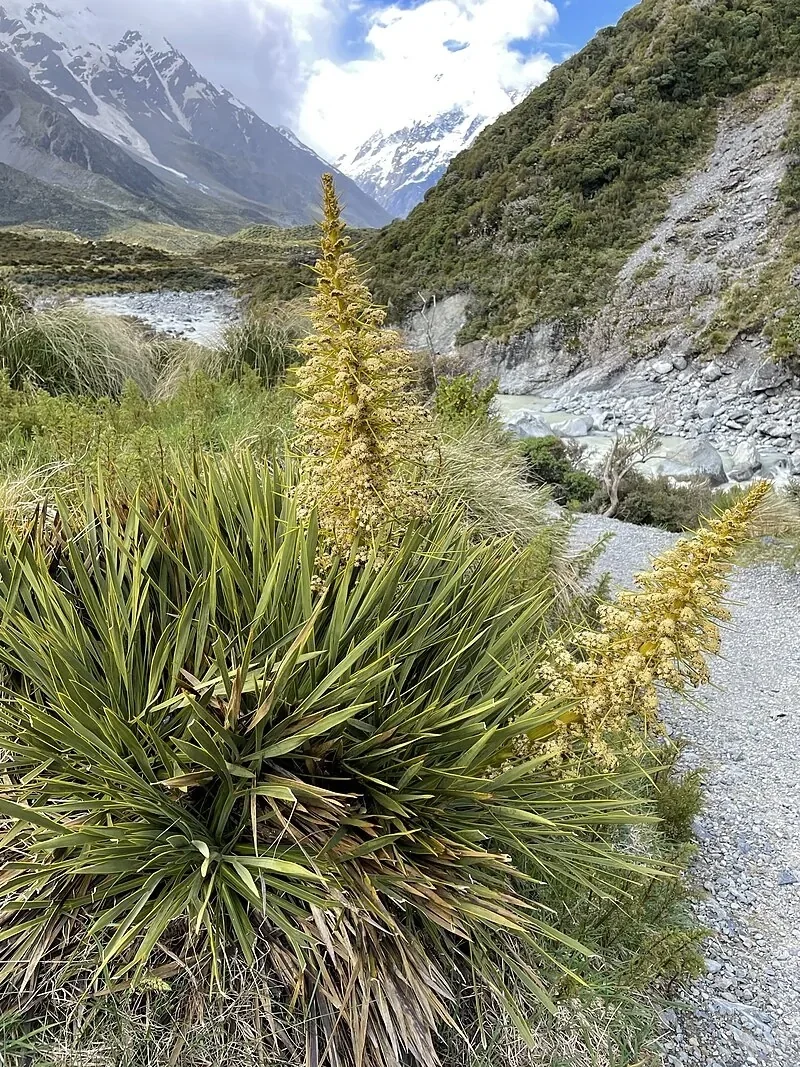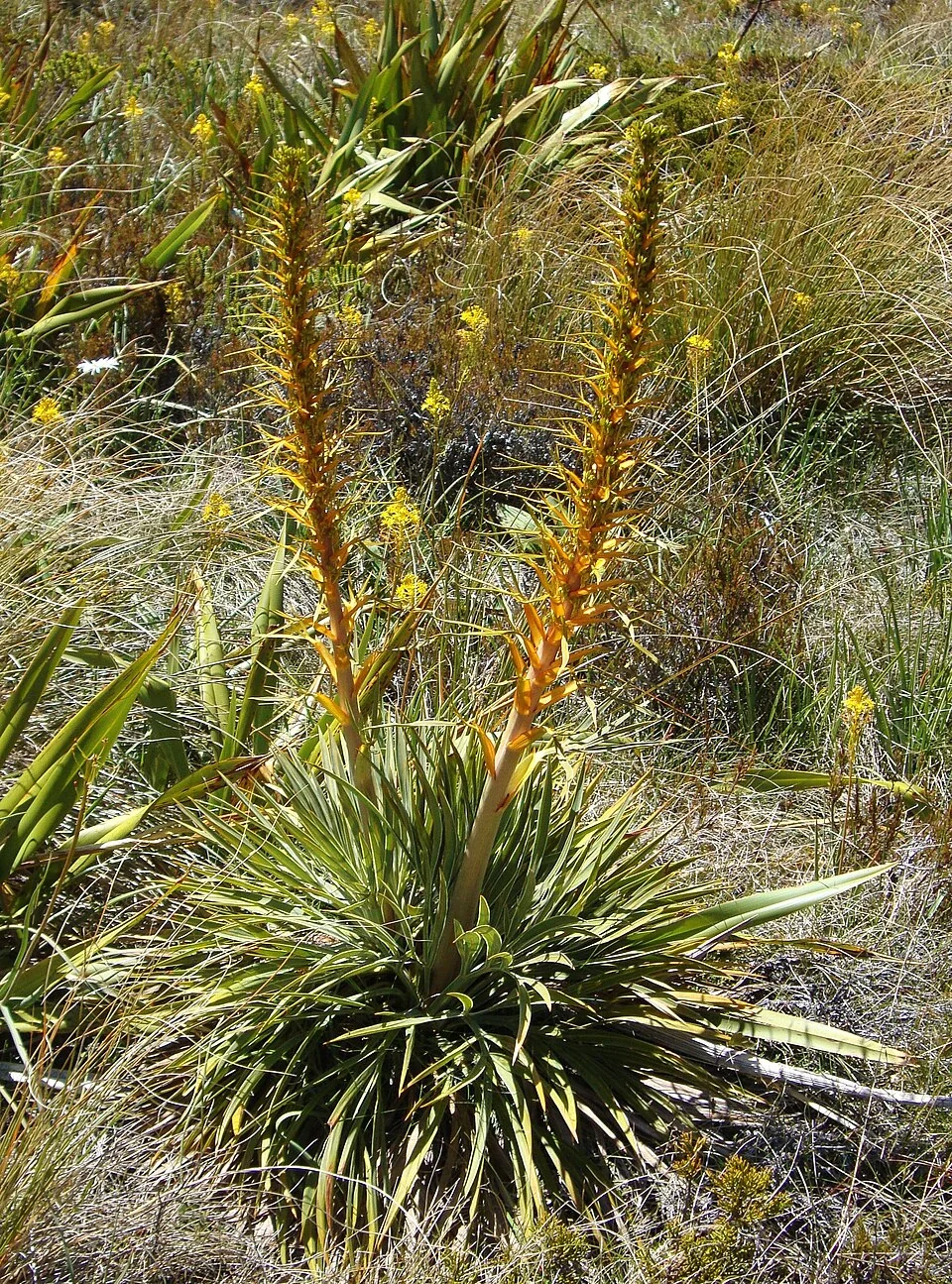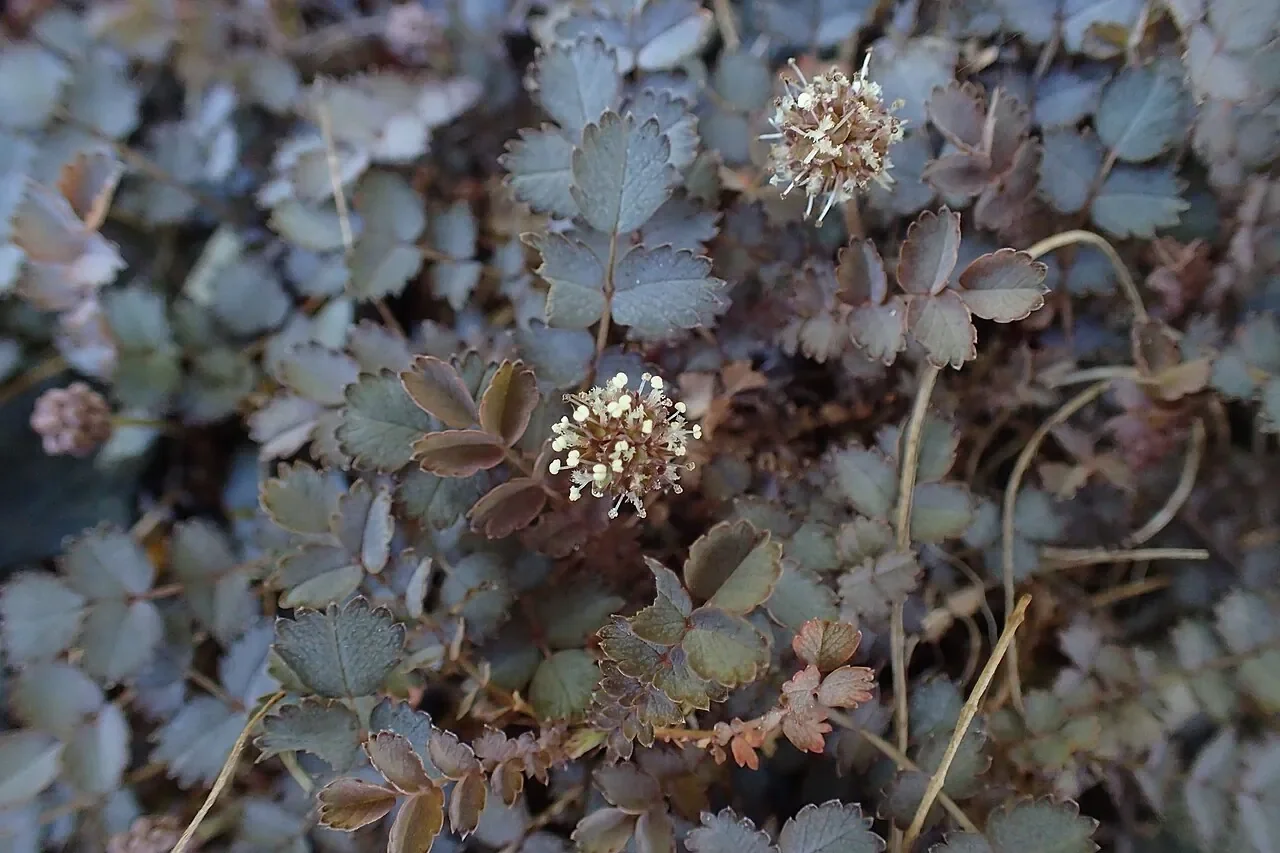
Spineless Bidibidi
Acaena inermis
Introduction
Overview
Spineless Bidibidi ( Acaena inermis ) is a distinctive low-growing native ground cover that forms attractive purple-bronze mats across the landscape. Unlike other Acaena species, this plant lacks the characteristic barbed burrs, making it particularly garden-friendly while retaining all the ecological benefits of native ground cover. Its dense, mat-forming habit and colourful foliage make it an excellent choice for rock gardens, alpine plantings, and natural landscaping projects throughout New Zealand.

Spineless Bidibidi ( Acaena inermis ) is a native species valued in gardens and restoration for its form and resilience in suitable conditions. Learn more in our native plants guide .
Acaena inermis , commonly known as Spineless Bidibidi or Blue Mountain Bidibidi, is an attractive low-growing native ground cover of New Zealand. With its distinctive purple-bronze foliage and dense mat-forming habit, this versatile plant adds both colour and texture to gardens and natural landscapes. Its ecological significance is evident in its role as a native ground cover, helping to prevent soil erosion and providing habitat for small invertebrates. Unlike some other Acaena species, it lacks the barbed burrs that give the genus its common name "bidibid," making it more garden-friendly while still offering important ecological benefits.
Quick Facts
Essential Information
| Scientific Name | Acaena Inermis |
|---|---|
| Height | 5-10 cm |
| Spread | up to 1 m |
| Water Needs | Low to moderate; prefers well-drained soil |
| Light | Full sun to partial shade |
| Frost Tolerance | High; tolerates frosts well |
| Salt Tolerance | Moderate |
| Growth Rate | Moderate to fast |
| Lifespan | Perennial |
Climate Best Suited to
Acaena inermis is native to New Zealand, where it naturally occurs in open, rocky areas, particularly in montane and subalpine regions. It thrives in cooler climates with moderate rainfall but has proven adaptable to a range of conditions in cultivation. Its natural habitat suggests a preference for good drainage and moderate moisture. It is commonly found in the Central North Island and the east of the South Island.
Regional Suitability
| City | Climate Suitability |
|---|---|
| Whangārei | Ideal |
| Auckland | Ideal |
| Hamilton | Ideal |
| Tauranga | Ideal |
| Rotorua | Ideal |
| Gisborne | Ideal |
| New Plymouth | Ideal |
| Napier | Ideal |
| Whanganui | Ideal |
| Palmerston North | Ideal |
| Wellington | Ideal |
| Nelson | Ideal |
| Christchurch | Ideal |
| Dunedin | Ideal |
| Invercargill | Ideal |
Natural Habitat
Typical Environments
Understand the natural habitat of Spineless Bidibidi ( Acaena inermis ), including its geographical distribution, preferred environmental conditions, and the types of ecosystems where it thrives. This knowledge is crucial for replicating its natural growing conditions in cultivation.
- Geographical distribution in montane and subalpine New Zealand.
- Preferred rocky, well-drained alpine climate and soil conditions.
Plant Conservation
Status and Management
Acaena inermis is classified as "Not Threatened" under the New Zealand Threat Classification System as of 2023, indicating stable populations across its natural range. However, regional assessments reveal some conservation concerns, with the species listed as "At Risk - Regionally Declining" in Otago, suggesting localized pressures on populations in certain areas.
This endemic New Zealand species is distributed across the Central North Island and South Island (mostly eastern regions), occupying montane to alpine zones at elevations ranging from 300-1000 meters. Its specialized habitat preferences for grasslands and riverbeds in mountainous areas make it somewhat vulnerable to habitat modification and land use changes, particularly in accessible montane regions.
The species' rhizomatous growth habit allows it to form persistent colonies through vegetative reproduction, contributing to local population stability. Its extended flowering period from November to January and fruiting period from November to May demonstrate good reproductive capacity. However, specialized habitat requirements in montane and alpine environments may limit its ability to colonize new areas.
Conservation priorities include monitoring populations in regions showing decline, particularly in Otago, and protecting montane grassland and riverbed habitats from excessive grazing, trampling, and development. As climate change alters alpine and montane environments, continued assessment of population trends and habitat conditions will be important for maintaining stable conservation status throughout its range.
Growing Requirements
Soil Requirements
Acaena inermis is highly adaptable but demands well-drained soil. It thrives in a range of soil types, including chalk, loam, and sand, and is tolerant of poor, shallow, and rocky conditions. However, it will not tolerate waterlogged soil. For heavy clay soils, amend with coarse sand or fine gravel to ensure adequate drainage. A soil pH between 5.5 and 7.0 is optimal.
Light Requirements
Full sun is ideal for achieving the most vibrant foliage colours, particularly in the popular 'Purpurea' cultivar. While it tolerates partial shade, the growth may be less dense and the colour less intense. In regions with very hot summers, a position with afternoon shade can be beneficial to prevent leaf scorch and stress.
Water Requirements
Water regularly after planting to help the root system establish. Once established, Acaena inermis is moderately drought-tolerant but performs best with consistent moisture during prolonged dry spells. Water deeply but infrequently, allowing the soil to dry out slightly between waterings. Reduce irrigation during the winter months.
Planting Guide
-
When to Plant
The best time to plant Acaena inermis is in autumn or early spring. This timing allows the root system to establish in mild temperatures before the stress of summer heat or the dormancy of winter.
-
Site Preparation
Select a location in full sun or partial shade with excellent drainage, as Acaena inermis is intolerant of waterlogged soil. Before planting, clear all weeds from the area. If you have heavy clay soil, amend it with coarse sand or organic compost to improve drainage and aeration. Loosen the soil to a depth of at least 20 cm.
-
Planting and Aftercare
Dig a hole that is twice the width of the nursery pot. Place the plant in the hole, ensuring the top of the root ball is level with the surrounding soil surface. Backfill with soil and firm it down gently. Water thoroughly immediately after planting. Space plants approximately 40-50 cm apart to allow for their natural spreading habit. Apply a layer of mulch, such as bark or pea gravel, to help conserve moisture and suppress weeds, but be sure to keep it away from the plant's crown to prevent rot.
Ecological Role
Groundcover Functions
Acaena inermis plays a crucial role in alpine and subalpine ecosystems by stabilizing soil, particularly on rocky slopes and riverbeds. Its dense, mat-forming growth helps prevent erosion and creates microhabitats for various invertebrates. It contributes to the biodiversity of these harsh environments by forming a protective ground cover that can aid in the establishment of other plant species.
Uses and Significance
Garden Uses
- Groundcover: Widely used as a fast-growing, mat-forming groundcover, effectively suppressing weeds and preventing soil erosion, especially on slopes.
- Rockeries and Alpine Gardens: Its low-growing habit and tolerance for poor, rocky soils make it ideal for rock gardens and alpine settings.
- Edging and Borders: Excellent for edging pathways, borders, or along walls, providing a neat and colourful boundary.
- Between Stepping Stones: Can tolerate some foot traffic, making it suitable for planting between paving stones to create a softer edge.
- Cascading Plant: Can be used to cascade down rock walls, adding visual interest.
- Mass Planting: Planting it in masses creates a striking visual effect.
- Containers: Can also be grown in containers.
Significance
- Attractive Foliage: Highly valued for its dense, fern-like foliage, which typically comes in shades of dusty plum, purple, or bronzy-purple, providing year-round colour and texture to the garden. The colour intensifies in full sun.
- Hardiness and Low Maintenance: A hardy, tough, and drought-tolerant perennial that thrives in exposed conditions and can tolerate poor, shallow, and rocky but well-drained soils.
- Non-Invasive Seeds: Unlike many other Acaena species, Acaena inermis produces barbless seed heads, meaning they won't readily stick to clothing or animals.
- Erosion Control: Its mat-forming growth habit makes it effective for stabilizing soils and controlling erosion.
- Versatility: A versatile choice for various landscape designs, including architectural, backyard, city and courtyard, frontyard, modern, and native garden styles.
Landscaping Applications
Spineless Bidibidi ( Acaena inermis ) is a versatile groundcover ideal for various landscaping needs. Its dense, mat-forming habit and attractive foliage make it suitable for rock gardens, alpine plantings, and erosion control on slopes. It can also be used as a lawn substitute in low-traffic areas or between pavers for a unique textural element.
- Excellent groundcover for rock gardens and alpine beds.
- Effective for erosion control on banks and slopes.
- Can be used as a low-maintenance lawn substitute in low-traffic areas.
- Adds year-round colour and texture to mixed plantings.
Seasonal Care Calendar
Spring
In spring, Spineless Bidibidi ( Acaena inermis ) begins its active growth phase. New foliage emerges, and it's an ideal time for planting new specimens or propagating. Ensure adequate moisture and monitor for early signs of pests.
- Ideal time for planting and propagation.
- Ensure consistent moisture for new plants.
- Light fertilization if needed.
Summer
Summer is the peak growing season for Spineless Bidibidi ( Acaena inermis ). Consistent watering is important, especially for young plants, to support vigorous growth and prevent stress during dry periods.
- Active growth.
- Consistent watering is essential.
- Monitor for pests and diseases.
Autumn
During autumn, Spineless Bidibidi ( Acaena inermis ) prepares for the cooler months. This is another good time for planting, allowing roots to establish before winter. Minimal care is required for established plants, but ensure they remain adequately hydrated.
- Good time for planting.
- Minimal care for established plants.
- Ensure adequate hydration.
Winter
Winter is generally a dormant period for Spineless Bidibidi ( Acaena inermis ). Minimal care is required, though young plants may benefit from protection in colder regions. Ensure good drainage to prevent root issues in wet conditions.
- Generally dormant with minimal growth activity.
- Protect young plants from severe frost.
- Ensure good drainage.
Pruning and Maintenance
Techniques and Timing
Spineless Bidibidi ( Acaena inermis ) generally requires minimal pruning to maintain its neat, mat-forming habit. The primary reason for pruning is to remove any dead or damaged foliage, or to control its spread if it grows beyond its designated area.
- Remove dead or damaged growth as needed to maintain appearance.
- Light trimming can be done in late winter or early spring to control spread.
- Avoid heavy pruning, as this can stress the plant.
- Use clean, sharp tools to prevent disease.
Its natural growth habit is part of its charm, so allow it to spread naturally within its boundaries. Regular inspection will help identify any areas needing attention.
How to Grow Spineless Bidibidi
Spineless Bidibidi ( Acaena inermis ) is an easy, resilient ground cover to propagate. Division is the fastest way to create new plants and preserve the exact foliage colour, while cuttings and seed offer good alternatives when more plants are needed. Use a sharply draining growing medium, keep new propagules evenly moist (not wet), and provide bright light out of the harshest sun while roots form. The best times are late winter to mid-spring or early autumn, when conditions are cool and stable. Once established, water can be reduced to match this species' naturally low requirements.
From Division
Clumps naturally form many small rooted fans that separate cleanly. Water the plant the day before, then lift a portion and tease apart sections with several growing tips and attached roots. Replant at the same depth into a gritty 50:50 potting-mix:perlite (or sand) blend. Keep evenly moist for a few weeks. Divisions usually knit after 4-6 weeks and can be planted out 30-45 cm apart to form a dense carpet.
- Select vigorous outer portions with visible roots.
- Split into 3-6 cm fans; trim away weak or woody material.
- Pot into free-draining mix; firm gently and water to settle.
- Maintain light shade and steady moisture until new growth appears.
- Harden off and plant out; mulch lightly without burying crowns.
From Cuttings
Semi-ripe tip cuttings (4-6 cm) root readily. Remove lower leaves, lightly nick the base to expose cambium, and dip in a low-strength rooting hormone. Insert into a 1:1 perlite:seed-raising mix. Provide high humidity, bright indirect light, and good air movement. Rooting typically occurs in 3-5 weeks at 15-20°C. Pot on carefully and avoid overwatering during the first month.
- Take non-flowering tips; prepare cleanly with a sharp blade.
- Use a fine, sharply draining medium; keep evenly moist.
- Wean from humidity gradually once rooted.
From Seed
Seed is slower and may not come true to colour selections, but it is useful for bulk plantings. Sow fresh seed on the surface of a fine mix and barely cover. Keep cool (10-15°C) and evenly moist. Prick out when large enough to handle and grow on in bright light with excellent drainage.
- Sow thinly; barely cover; avoid waterlogging at all stages.
- Prick out promptly and maintain strong light to prevent legginess.
- Plant into final positions once roots fill the pot and growth is firm.
Pests and Diseases
Common Pests
- Slugs and Snails: May damage new growth. Control with organic baits or barriers.
- Aphids: Occasionally infest new growth. Wash off with water spray or treat with insecticidal soap.
Common Diseases
- Root Rot: Caused by overwatering or poor drainage. Ensure well-draining soil and avoid waterlogged conditions.
Acaena inermis is generally resilient to pests and diseases when grown in appropriate conditions. Its natural adaptations to challenging environments make it relatively trouble-free. Most issues can be prevented by providing good drainage and appropriate light levels.
Cultural Significance
Traditional Uses and Values
While not extensively documented for traditional Māori uses, Spineless Bidibidi ( Acaena inermis ) holds ecological significance within New Zealand's native flora. Its role in stabilizing soil and supporting biodiversity contributes to the overall health of ecosystems where it thrives.
Did You Know?
Interesting Facts
The name 'inermis' is Latin for 'unarmed' or 'spineless,' a direct reference to this plant's lack of the sharp burrs that characterize many other Acaena species. This makes it a much more pleasant addition to gardens and pathways!
The popular cultivar Acaena inermis 'Purpurea' is prized for its stunning purple-bronze foliage, which becomes more vibrant and intense when planted in full sun.
In its natural alpine habitat, its dense, mat-forming growth helps to stabilize loose soil and prevent erosion on steep, exposed slopes.

